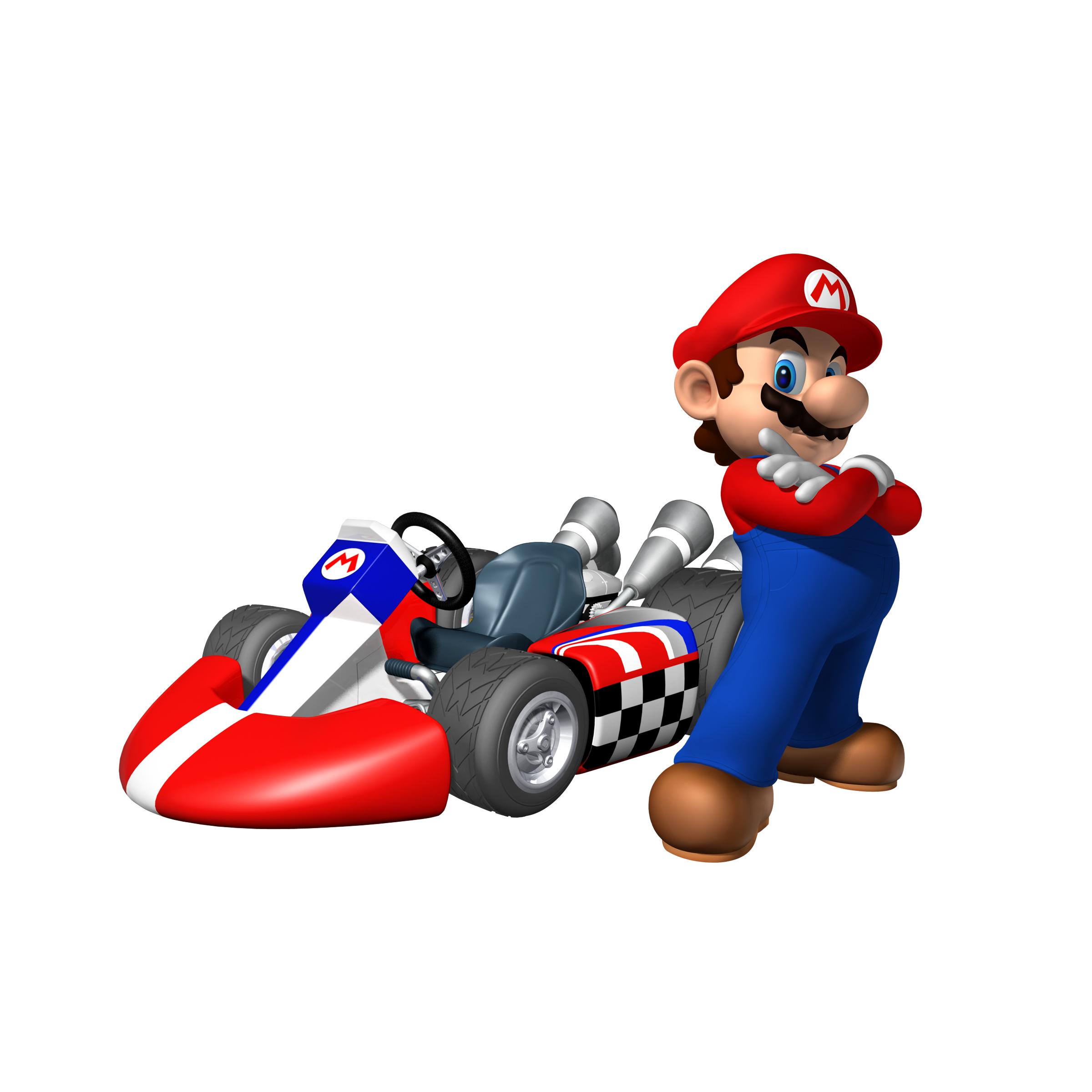
The winner is the last kart to survive the battle. When all of the balloons on a kart are gone, the player is eliminated, in the case of a one-on-one match, or turned into a bomb on wheels, able to crash into any living player and cause damage, a single time until the match ends.

When damaged, a player will lose one of their balloons. Each player begins with three balloons attached to their kart.

These courses are separate from the race courses, and are suited for more combat-oriented gameplay. Battle mode pits two to four players against one another in one of four available battle courses. This mode is identical to Grand Prix, without AI players, but with the added obstacles of moving bombs placed sporadically around the track. Versus entails two to four players racing head-to-head in a single all-human race, on any course. If the player is racing with a ghost, this phantom player mimics the motions and time of the last personal record run.
#Wii mario kart with wheels trial
Time trial allows a player to race around any track in the game, either by themselves, or racing a 'ghost' of a previous run, attempting to improve their time. There is also an unlockable difficulty called 'EXTRA', allowing players to race on mirrored tracks. Difficulty level is measured by engine size, 50, 100 or 150 cc. For each race, points are awarded based on placement, and at the end, the winner is decided on the number of points accumulated. In Grand Prix mode, one or two human players compete against computer players in a tournament composed of races on four individual courses, arranged in four-course cups. There is also an advanced drift technique that allows players to turn against the direction of their drift for a speed boost. One can earn a small turbo boost through obtained pling plings, and also by drifting, which one can perform by hopping and tilting the control stick in the direction of the turn, allowing for speedier turns. However, AI-controlled racers do not use any kind of shell. The items' uses include acting as projectiles to impede opponents, speed up the user, or stop opponents through the placement of bananas and fake pling plings. Items can be acquired by hitting an item box. On a track, various actions can be performed to change the flow of a race. Up to four of them can be playable characters, while the rest are computer controlled for one or two player races, three and four player races feature no computer controlled racers. All eight characters participate in each race. Each track has a unique shape, and can contain various obstacles, hazards, and short cuts. There are also 16 tracks that are based on different locations seen in Mario games. They vary in weight, speed, and acceleration. There are also eight playable characters, Mario, Luigi, Bowser, Princess Peach, Wario, Yoshi, Toad, and Donkey Kong. There are four forms of play in the game, Grand Prix, Time Trial, Versus, and Battle. The game was one of the best sellers and had sold millions of copies. The introduction music for Mario Kart 64, which is loosely based on the original Super Mario Kart theme tune, was remixed and used in the music video game Dance Dance Revolution: Mario Mix for the Nintendo GameCube. Music for the game was composed by Kenta Nagata. However, the characters and items remained 2D pre-rendered sprites. The move to three dimensional graphics allowed for track features not possible with the original game's Mode 7 graphics, such as changes in elevation, bridges, walls and pits.


Players take control of characters from the Mario universe, who race around a variety of tracks with items that can either harm an opponent or aid the user. Changes from the original include the move to 3D computer graphics and the inclusion of four player support. Mario Kart 64 is the sequel to Super Mario Kart for the Super Nintendo Entertainment System. It was also released on the American service on Januand in Japan on January 30, 2007. On January 26, 2007, Mario Kart 64 was released on Nintendo's European Virtual Console service for the Wii. It was released in 1996 in Japan and in 1997 in North America and Europe. Mario Kart 64 is a racing game developed and published by Nintendo for the Nintendo 64.


 0 kommentar(er)
0 kommentar(er)
